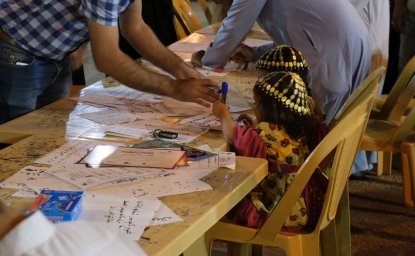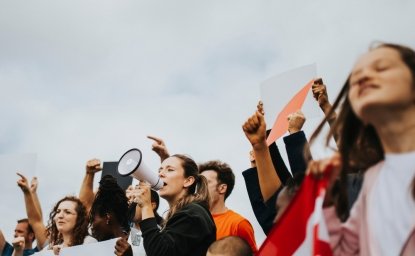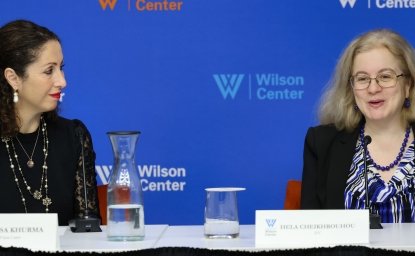Closing the Gender Gap: Women Leaders as a 'Force Multiplier' in Politics, Business
The world’s population is split approximately 50-50 between men and women. But when it comes to presidents, prime ministers, and other heads of state and government, a significant gender disparity is uncovered. To commemorate the 15-year anniversary of the Council of Women World Leaders, we spoke with Mary Robinson, former president of Ireland, and Margot Wallstrom, former vice-president of the European Commission, about their work, the status of women leaders, and prospects for the future.








